Written by Guest Contributor on The Prepper Journal.
Editors Note: Another article from Angela Williams to The Prepper Journal. As always, if you have information for Preppers that you would like to share and be entered into the Prepper Writing Contest with a chance to win one of three Amazon Gift Cards with the top prize being a $300 card to purchase your own prepping supplies!
It has been awhile since we talked about the most important of survivalists gear, known the world over by preppers as BOB, the Bug Out Bag. Most everyone has one, even people who don’t think they do and call them their “day pack”, their “emergency bags” and as every parents knows, their “get through a day out with the kids bag”, most complete with a finite supply of diapers. In fact most Preppers carry them under a different name as well, things like my “get back home bag” while their real BOB’s sit at home at the ready, of course under the assumption that they can get home and get their BOB and collect their family.
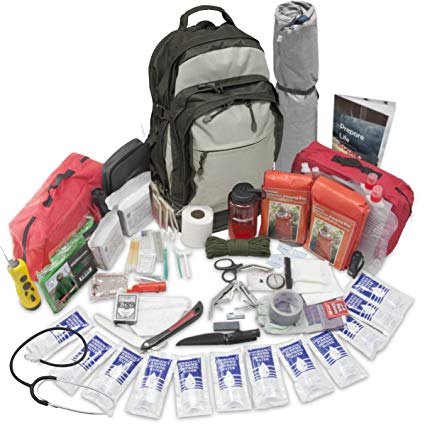
No matter the reality of YOUR BOB and where it lives the fact remains it will not serve you very well if you do not know how to pack and use it. Everyone has an opinion as to what belongs is a bug out bag and the rule of thumb is it should be able to sustain you adequately for up to three days. However, if the circumstances change, it should be the basis to keep you alive for an indefinite period. This is why you have to get it right before a survival situation knocks at your door. In this post, I will share with you my tips for your bug out bag before you can choose the best gears to include in the BOB.
Consider the Size of the Pack
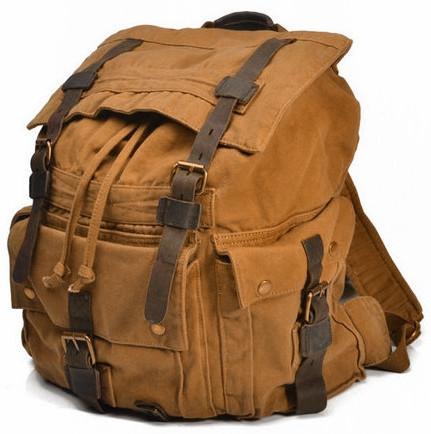
The thought of what to include in your BOB could cloud your judgment as to the right size of the bag to use. It would be calamitous to overestimate the weight you can carry or handle versus the pack you choose. The fact that these packs come in various sizes means you can find the right fit for you although the task could be a daunting one.
Most Bug Out Bags are rated in cubic meters or liters or square feet. There is really no correlation between the volume rating and the actual weight of the pack when fully packed. However, a trick I have learned is that you can actually infer the expected packed weight of the Bug Out Bag from the volume rating.
For instance, if the volume rating is 40 cubit liters (1.4 cubic feet), the weight of the pack could approximately be 35-40 pounds. Using this estimation, you can choose the perfect fit for you from the various pack sizes available in the market. Make the right size choice because it could make the difference between comfort and suffering.
Balance between Weight, Security, and Speed
We have already discussed a little about weight. Another helpful tip is to balance the weight of the pack vis-à-vis your speed and security. How does this work? Picture this: can you carry 50-lbs comfortably on your back all day long? If so, can you also run with it in case a situation demands so? In most cases, the maximum weight we can carry when standing or walking proves too heavy to allow us to run or move at speed.
When packing your Bug Out Bag, ensure that you can guarantee your security and that of your loved ones by balancing/attaining a weight you can comfortably run with if such need arises. Try out the pack after placing the necessary items to see if it would weigh you down to prevent you from achieving the speed necessary to safeguard yourself and your family or friends.
The items that will increase the weight of your BOB include shelter, foods and cooking items as well as sleeping items. These are also the most vital items. Therefore you must do a serious balancing act in order to ensure you carry enough of these items yet you keep the weight of the pack as low as possible.
Cultivate Stealth and Quietness
In an emergency situation, stealth could make the difference between death and survival. For one, the noise will scare away potential prey that could be your only food source or at worst alert a predator to your presence. One of the most important tips for your bug out bag is to cultivate stealth. Let your BOB be as quiet as possible.
Before setting out on your journey, grab your pack and shake it. If you hear any noises that is bad news. The items notorious for noisy packs include ammo, cook sets, half full water bottles as well as an assortment of loose tools. Since you cannot get rid of some of the noisy items, a good piece of advice is to include extra bandannas and ranger bands. In case you have not maximized your pack, reduce the noise level by pulling and tightening its straps.
Arm Yourself with a Freeze Alert
This tip is especially true for those residing in cold temperature areas and generally in areas that experience winter. Colder temperatures are enemies to batteries, your water supply, and even your water filters. Always pack items in a manner that makes batteries and other electronic gadgets close to your body so that they can obtain warmth especially when temperatures drop below freezing.
Water bottles are extremely difficult to deal with since they are made of materials that are difficult to warm. The same goes for bladders at the back of the pack. A good tip would be to use insulated water bottle and bladders. The insulation will cushion these items from a drop in temperatures and save your water supply.
Organize Your Pack and Secure Your Gear
As a frequent camper and hiker, I always come across abandoned gloves and other items on the trail. Why is this happening? Many campers and survivalists pack these items and forget to zip or button up the pockets from where they removed such stuff. The best way to secure your gear is to ensure that you zip and button up all the pockets after retrieving an item. Never assume the item is secure and lose it altogether.
Besides securing your items, you also need to ensure your BOB is well organized. Put items depending on the frequency of their uses and type in different pockets. This will allow you to carry more items and at the same time make it easier for you to retrieve the item you want quickly and with ease. In case of a stuff sack, do not trust cord locks. Instead, tie a slip knot after cinching the sack’s cord lock to prevent the unit from sliding or the knot becoming loose.
Ensure Your Bug Out Bag Is Always Ready
The biggest mistake you can ever do is to have items scattered around your house. Some people have packed their items well but somewhere along the way, they may realize that one or two of the items originally stored need replacement. This thought is good but many fail to replace them immediately only to run up and down looking for missing item when they are bugging out.
Even worse is the fact that they can forget to double check their pack only to realize a vital gear is missing when in the wilderness or when an emergency strikes. Pack your BOB with all the items you will need and always have it ready for survival at all time. If you have to replace an item, please do it immediately. Ensure you replace any consumables immediately.
Maintain Your Gear, Keep it Dry and Make Sure it Floats
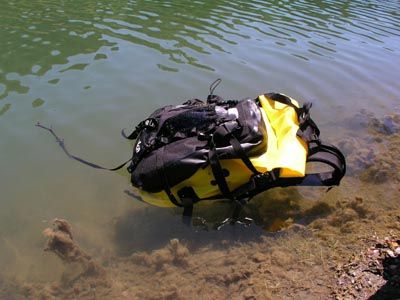
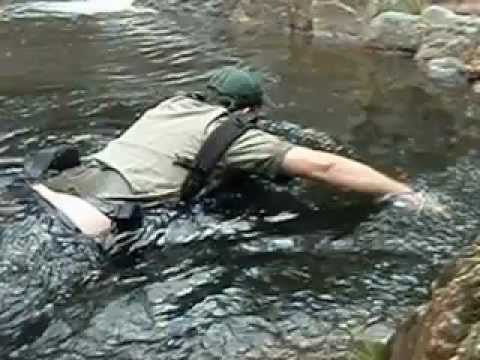
Consider what will happen to your gear if you were to trek through a trail on a rainy day or crossing a creek. An important tip you need to keep in your mind is the dryness and flotation of your gear. You can use a pack cover which in most cases will double as a rain collector. However, a pack cover could prove useless in just a single misstep.
Thankfully, you can use a dry bag. Such bags have a variety of uses including gathering food, water and keeping things like blankets and kindling moisture proof. Besides they are virtually waterproof making them ideal for crossing creeks since they trap air and remain buoyant. A good pack should be able to float. You can just remove your BOB from your back and toss it in the water before you or off your side (as long as you have it tethered of course.)
Final Verdict
Think about it! What is the worth of making a mistake in bugging out? Simply put, your safety and security (and therefore your survival) depend on optimizing your BOB. If you follow the above tips for your Bug out Bag, you will not go wrong in your preparedness. Experienced survivalists know these tips and that is their reason for success.
Follow The Prepper Journal on Facebook!
The post Time to Revisit BOB appeared first on The Prepper Journal.
from The Prepper Journal
Don't forget to visit the store and pick up some gear at The COR Outfitters. How prepared are you for emergencies?
#SurvivalFirestarter #SurvivalBugOutBackpack #PrepperSurvivalPack #SHTFGear #SHTFBag

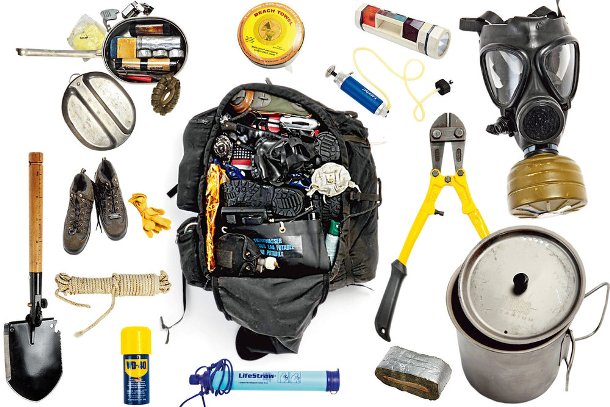
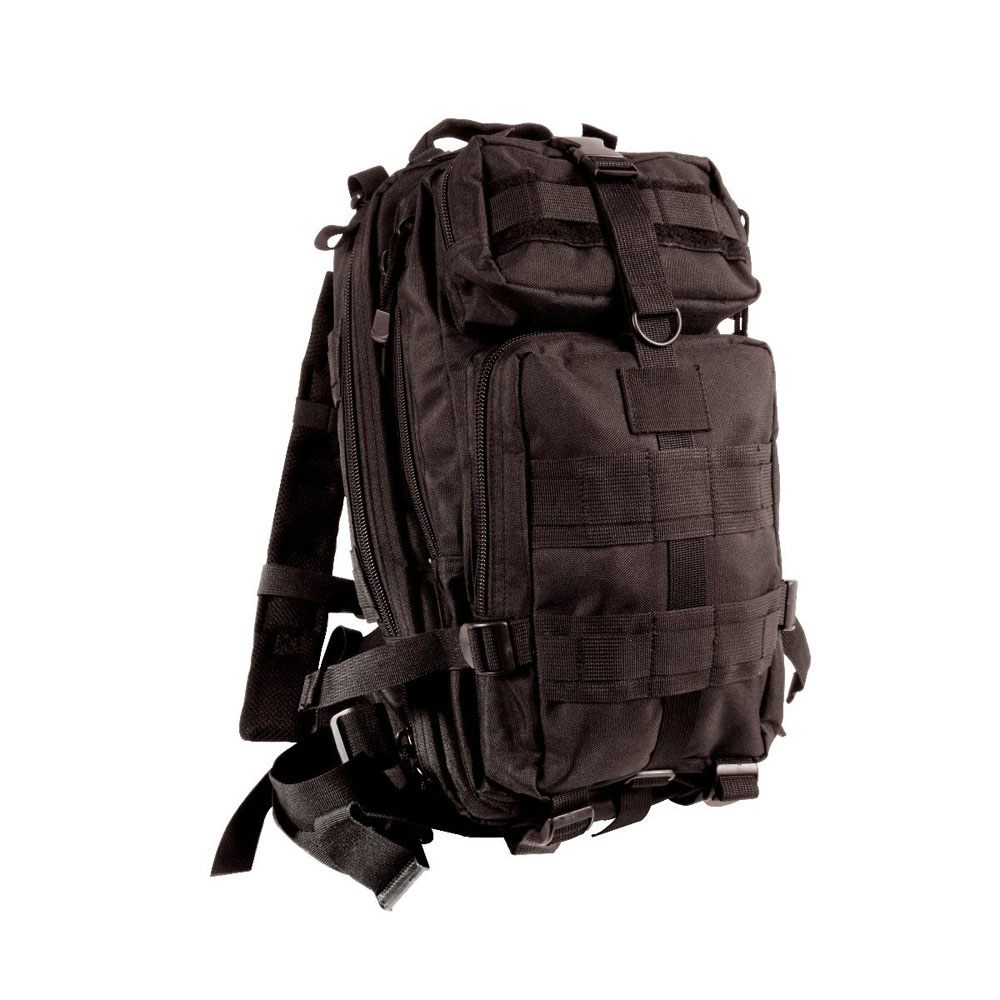
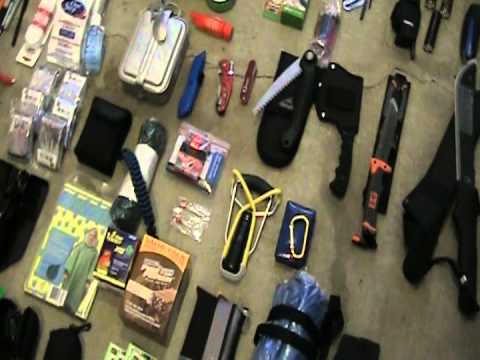
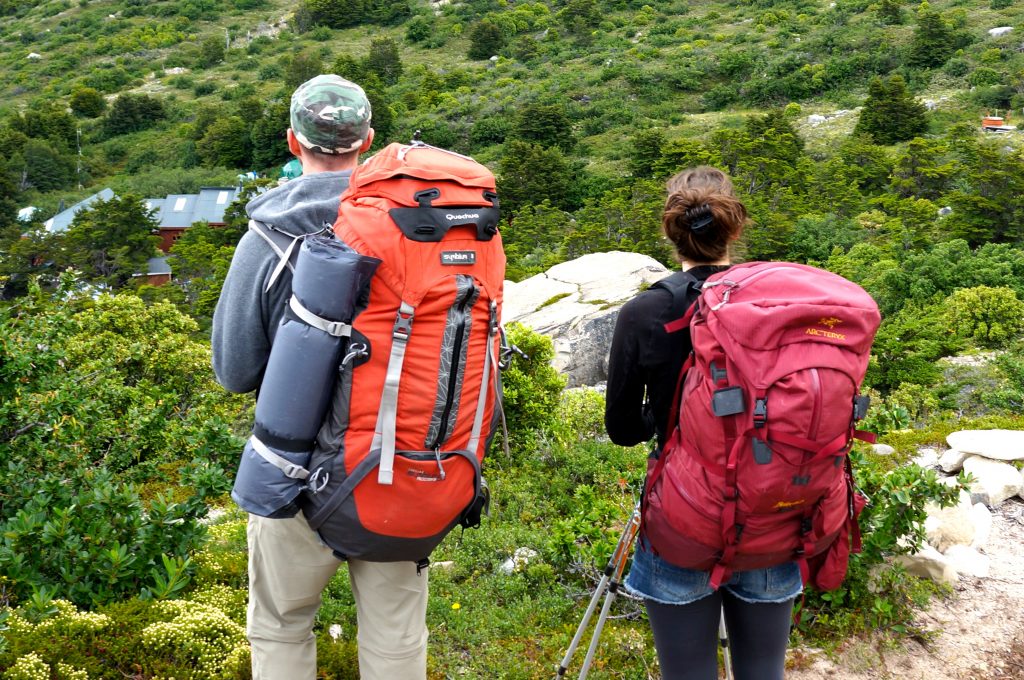
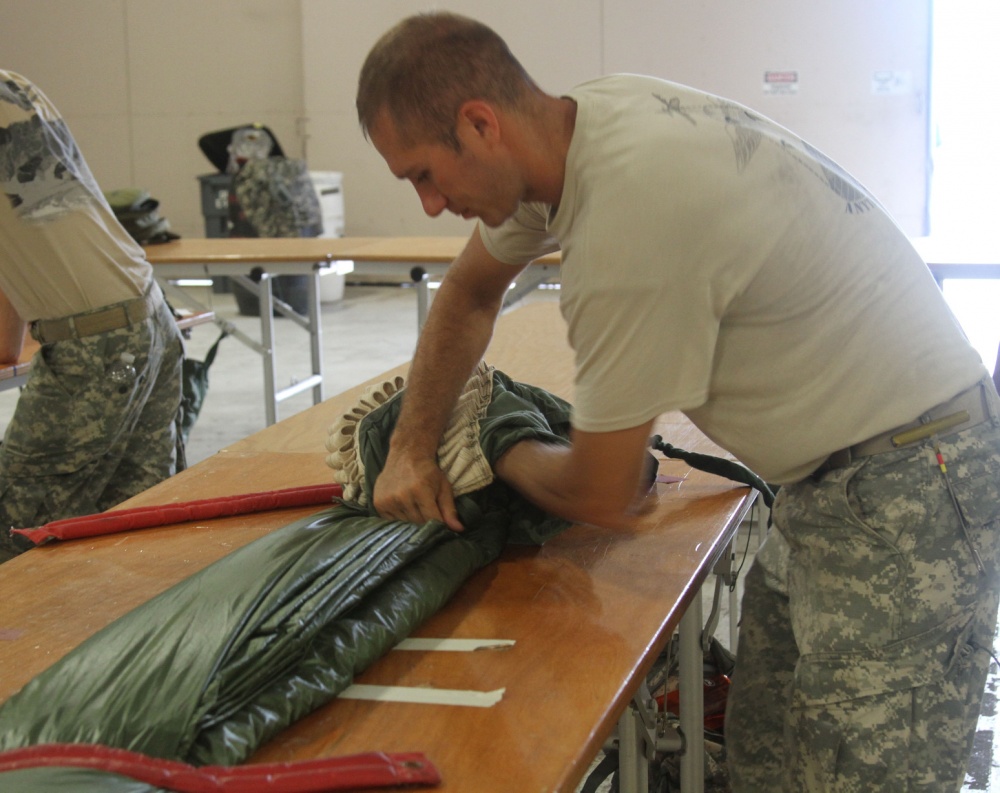
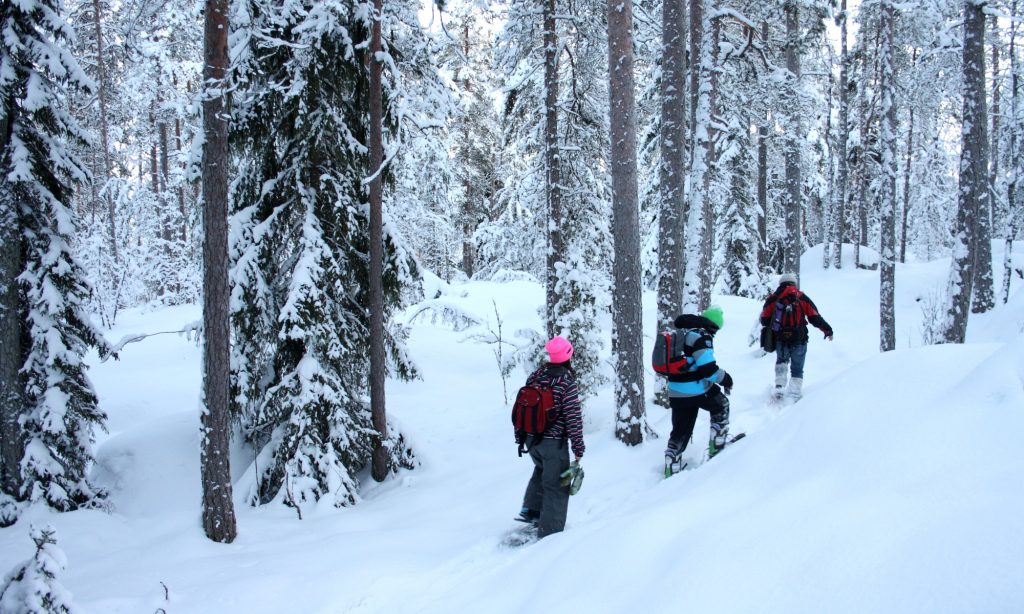
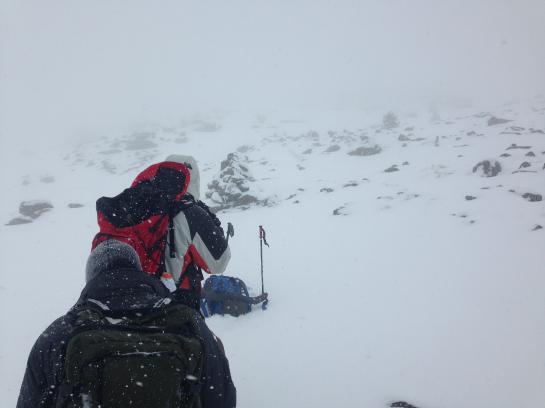
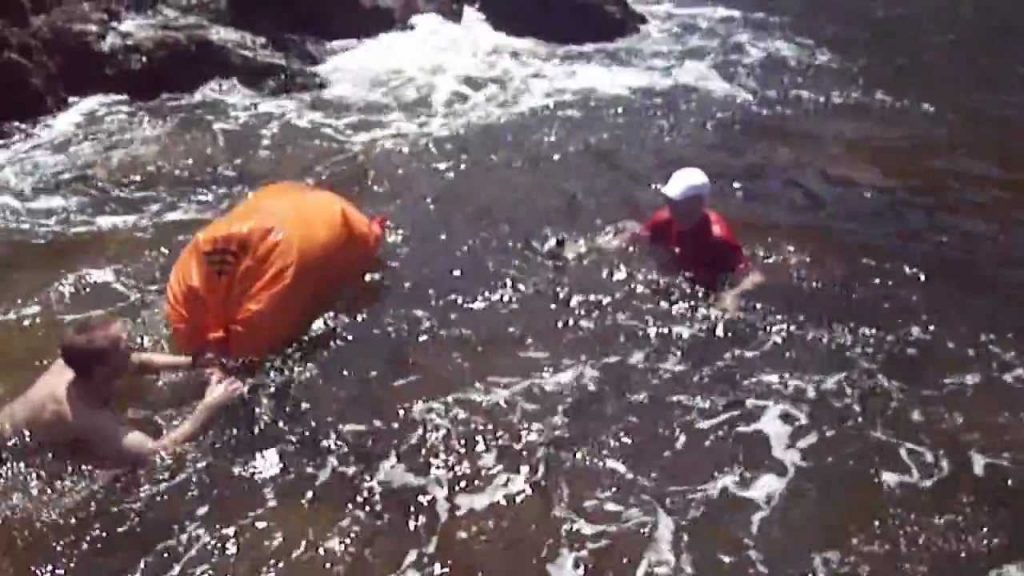
No comments:
Post a Comment